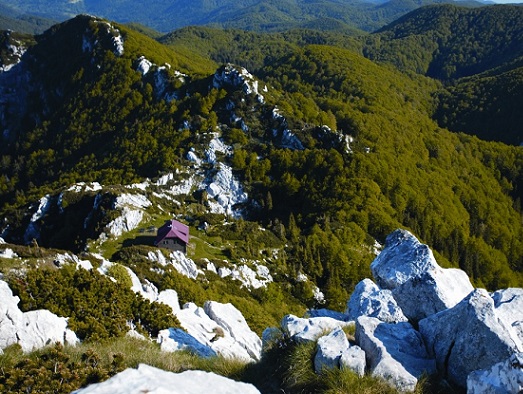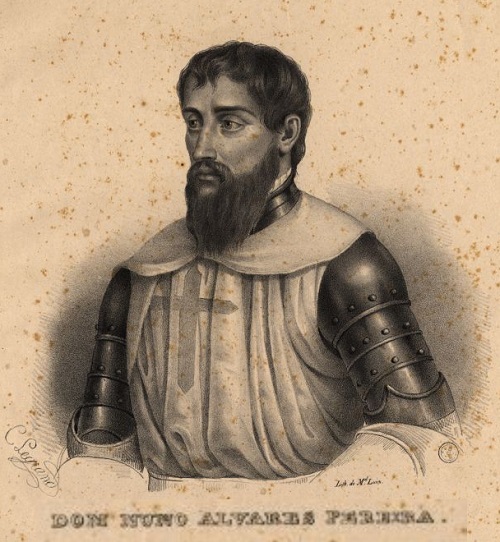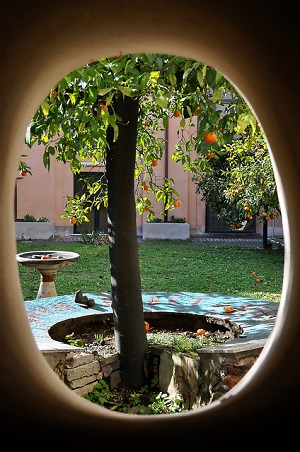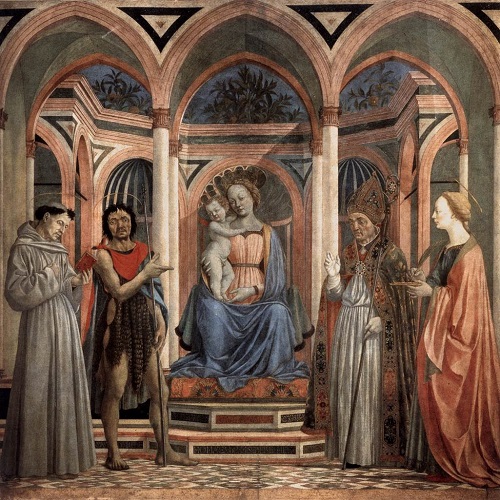Cézanne’s work is inextricably linked with the landscape of his native Provence, and above all the countryside around Aix-en-Provence. While still at school, the young Paul had drawing lessons, which helped him decide upon a career as an artist. In the 1860s and 70s he moved between Paris, L’Estaque and Aix, meeting Pissaro, Monet and Renoir and forming part of the circle of Impressionists, with whom he exhibited in 1874 and 1877.
Initially his work as rejected by the prestigious Paris Salon – he exhibited instead at the Salon des Refusés, which displayed paintings rejected by the Salon – but his Portrait of Louis-Auguste Cézanne, Father of the Artists, reading I’Evénement was finally accepted in 1882.
Although he is known for painting portraits, still lifes of fruit and female nude bathers, Cézanne’s favourite motif was the Montagne Ste-Victoire. A tireless walker, he spent many hours on the mountain, and depicts it in over 80 works, searching for the key to its structure: “To paint a landscape well, I must first discover its geological characteristics”, he wrote. In the mountain, Cézanne found the geometrical ordering of nature – “Nature must be treated by the cylinder, the sphere, the cone…” – that would lead him towards a new concept of perspective.
Moving away from the Impressionists’ molding through light and colour, he developed a relationship with landscape that approaches abstraction and prefigures the Cubism of Braque and Picasso. The latter referred to him as ‘the father of us all’ and bought a house in the shadow of Mont Ste-Victoire at Vauvenargues to be closer to his idol, although it is said that the pair never met.
The Cézanne Trail
A Cézanne Trail around Aix picks out numerous spots associated with the artist. You can pick up a leaflet from the tourist office in the town or follow the brass medallions inserted in the pavement. You will see the building where he was born on rue de l’Opera, the site of his father’s hat shop on 55 cours Mirabeau where he lived as a small child, the Café des Deux Garçons at No. 53, where he would often stop for an aperitif, the Collège Mignet (then Collège Bourbon) where he went to school, and the Hôtel de Ville where he got married in 1886.
The Jas de Bouffan, the family estate, is also open to the public and although now surrounded by modern housing, you can still see the chestnut trees painted by the artist. The Carrières de Bibémus, atmospheric disused quarries where the shapes of the rocks might have influenced his Cubism, can also be visited with a route taking you past views depicted by the artist, and the simple dry stone cottage he rented to store his materials. He died of pneumonia in 1906 and is buried in St-Pierre cemetery in avenue des Déportés de la Résistance.
So the next time you are planning a trip to Provence, make sure you slot in some time to visit Aix and take a walk along the Cézanne Trail. You will be charmed and delighted.
(Adapted from Insight Guides – Provence & The French Riviera – www.insightguides.com)










